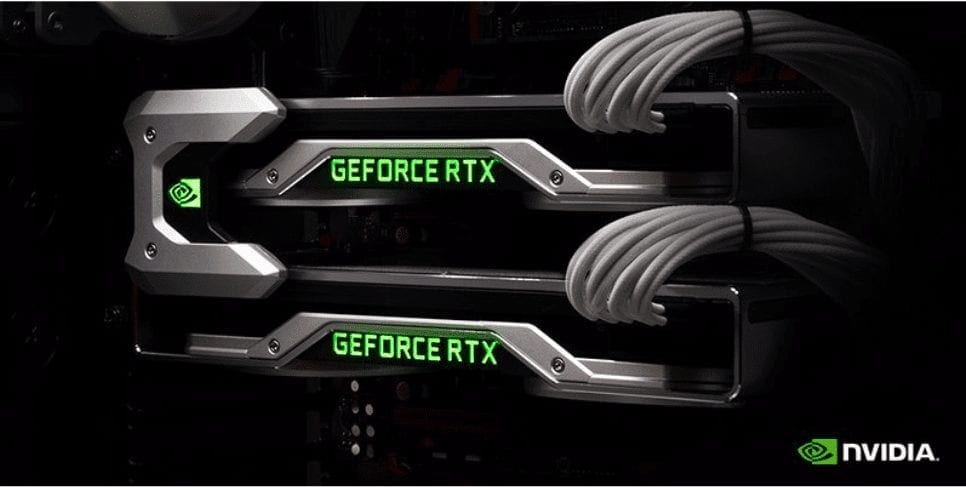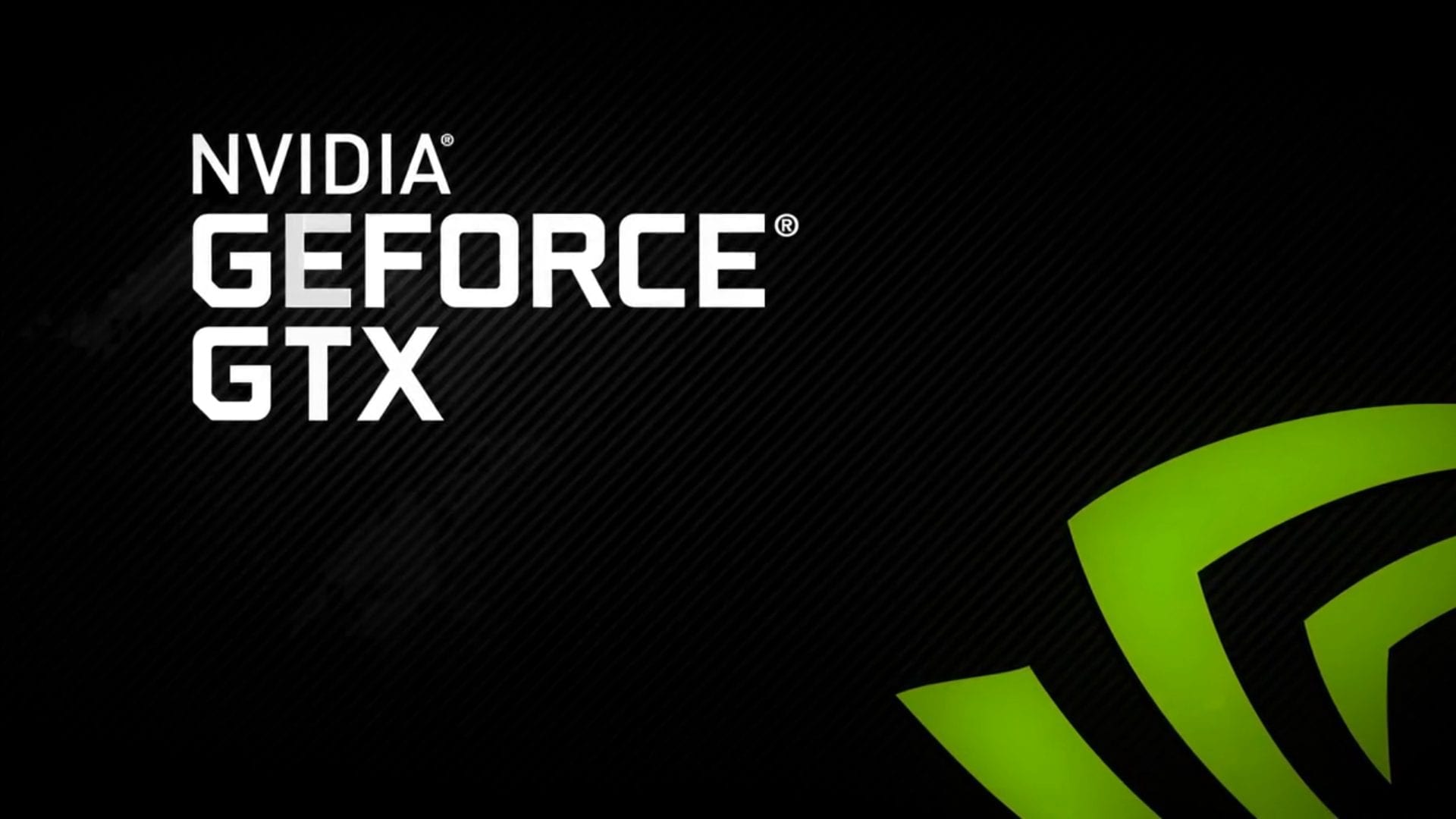Nvidia’s 2000 series of graphics cards are some amazing pieces of kit. Capable of running the most technically strenuous games in glorious HD at a high frame-rate, not to mention their unique ray-tracing capabilities, they soon became the end goal for many a PC Gamer to secure. However, along with their inarguable effectiveness came an unjustifiable price tag.
With the top-line model, the Geforce RTX 2080 ti, setting you back a hefty £1500, Nvidia became a more divisive company than ever. As such, it’s no wonder that the reveal of the newly coming series sparked major debate on forums and websites across the internet
The graphics card market has heard that as soon as the second quarter of the third quarter, at least three new generations of Ampere architecture GPUs will be introduced, which replace the previous generation RTX 2080 / 2070 high-end graphics card series.
China Times
The question is if Nvidia are so much better technically, why is there so much debate. After all, PC gamers are never ones known to be financially responsible; if you’re spending £3000 on a PC, what’s an extra couple hundred?

This is the argument that such Nvidia fans predominantly use; the fact that in an industry so expensive, price isn’t really a factor and everything falls to specification. And it’s certainly an argument I could sympathise with, but for one major caveat.
That’s just not how it is. Maybe three years ago or so, AMD was far enough behind that Nvidia was simply the only option, but in the modern-day, we’ve seen such greats as the “Threadripper” CPU and the Radeon “RX 5700 XT” graphics card, comparable in power to the newest GeForces and for only a fraction of the price.
In short, the fact that as Nvidia have fallen far from their proud days as the only option in PC gaming, while not reciprocating this with any sort of price decrease, means that they’ll only fall further into obsolescence. So how might the 3000 series change all this?
Firstly, the technical aspect. Of course, the GPUs will be fantastic. In terms of plain and simple performance, the 2000 series was unrivalled, and the 3000s will be no exception. There have been articles abound alleging the GPUs ability to make 4k gaming the norm – if true, this will leave tremendous shoes for AMD to fill.
But, with most things, it comes down to money. That’s currently the only issue fans have with the company; given the low prices AMD has shown us to be possible, people are less and less willing to stand for the criminal price tags slapped on GeForce graphics cards. If Nvidia is willing to make their product cheaper, it becomes more accessible to all users.
What’s more, its not just the PC market that the PC companies now have to contend with. With the tech demos of next-gen consoles Playstation 5 and Xbox Series X showing them run Unreal Engine 5, in beautiful detail, we are entering into an age where consoles might truly rival PC for performance. What’s more, with the entire console setting the buyer back less than a single graphics card (if the consoles follow their existing price convention), the major PC companies are gonna have to step up their game to combat this.
Analyst predictions have placed the PS5 price in the region of $470 – $499 / £449 / AU$749, which would make sense given a generational leap as significant as Sony is currently touting.
Techradar.com
With premium, industry quality graphics processors becoming more and more affordable, it’s time for companies like Nvidia and Intel to start minding their prices. Regardless of how excellent their products perform, their unrivalled ray-tracing capabilities and cache spot shadows pale in comparison to a product half the price. Our pockets aren’t bottomless, and the way I see it? When the 3000 series comes along Nvidia needs to step up its game, or step down from gaming.
Words by Henry Elvidge
